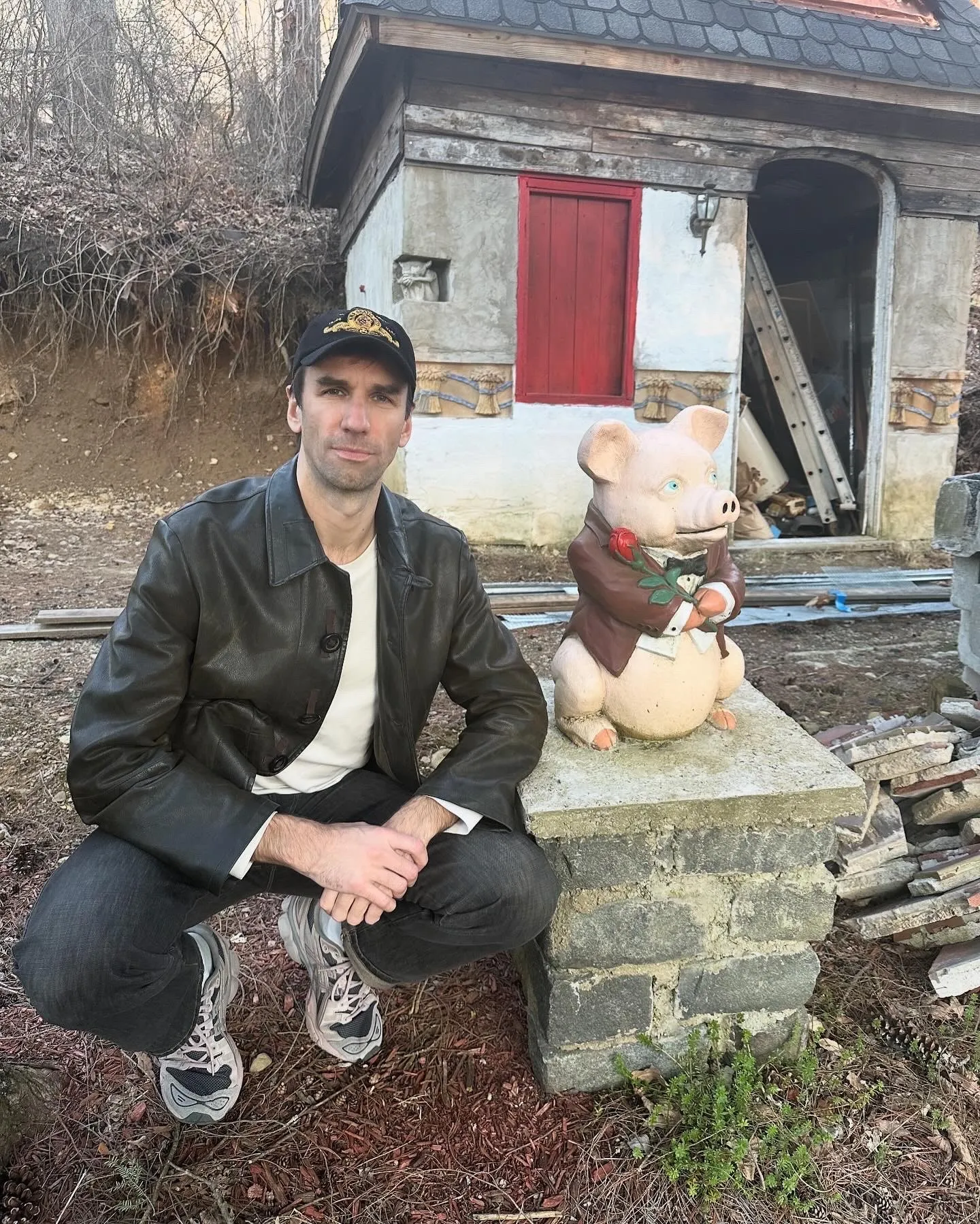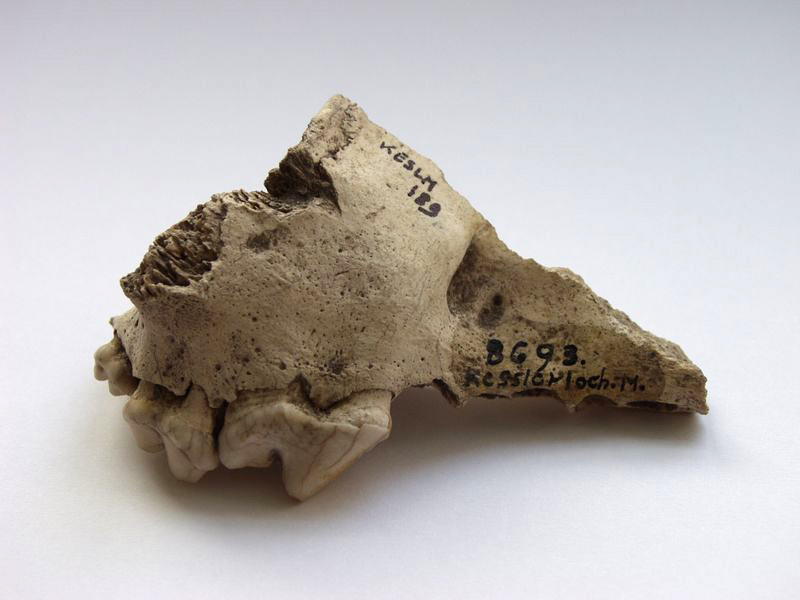When a dog is given a bad name

Blame prejudice or the Paris Hilton pooch trend, but Appenzell cattle dogs are falling out of favour and may soon be extinct in their Swiss homeland.
There are only about 150 purebred dogs of the Sennenhund breed left in Switzerland, and experts say they have lost popularity in their traditional heartland.
Interestingly enough, there are more purebreds in Germany and the Netherlands, where breeding is a common hobby and perhaps also because they are considered exotic there, experts say.
But the roots of this stubborn, impetuous dog are in rural Switzerland, where it was a part of farming life for centuries.
“High-pitch barking, short-haired, medium size, multicoloured cattle dog of the Spitz type, which can be found in certain regions and is used partly to guard the homestead, partly to herd cattle.”
This is how the Appenzell cattle dog was first described in 1853 in the book Tierleben der Alpenwelt (Animal Life in the Alps).
Breeding problems
In 1906 the Appenzell Sennenhund Club was founded by Albert Heim, who initiated the breeding process. Over a hundred years later, the club is still actively breeding purebreds but lacks male dogs.
“We would need about ten to 12 new males to renew the gene pool,” Marie-Louise Bill, the Club’s president told swissinfo.ch.
She says they are temperamental dogs and need a lot of attention. They are best when working on a farm and make good watchdogs.
The Appenzell cattle dog, which owes its tough and tenacious character to hundreds of years spent in the mountains standing up to cows, is also known as the Swiss mountain dog.
But by a strange irony, purebreds can be found more easily in one of the flattest countries – the Netherlands.
Philippe Amman, vice president, of Pro Specie Rara a foundation aimed at preserving indigenous and endangered plants and animals, believes the demanding breeding system puts people in Switzerland off.
“You need to go to exhibitions, have check-ups, bring your dog here and there, people don’t like the fuss of it all,” he told swissinfo.ch.
In 1997, with the gene pool very small, the club sought support from the organisation Pro Specie Rara, a foundation aimed at preserving indigenous and endangered plants and animals.
Unfortunately, only two of the first ten dogs taking part in the project proved suitable for breeding.
Not for beginners
Amman explains how the association took the dogs to the farmers and paid for training.
“By 2003, when the project was finished, some dogs hadn’t been trained correctly. In one farm a dog attacked someone .
“Unfortunately, they have a bad reputation – people have labelled them ‘nasty’. When three dogs out of a hundred create problems, people put it down to the race.”
“You have to be very strict with these dogs, you have to show them who’s boss,” he said.
Peter Heer, from the Swiss dog breeding federation, believes new regulations concerning big dogs have fuelled prejudice against Appenzell cattle dogs.
“People think it’s a Rottweiler, which shows they are not familiar with Swiss breeds.”
“Generally, experts agree that the Appenzell cattle dog is “not a dog for beginners”, as Bill says.
Like master like dog
The socialite Paris Hilton has turned her Chihuahua into a fashion accessory – a far-cry from the farmer’s dog.
For Amman, dogs are like a brand or status symbol. “In buying such and such a dog, you are telling people what you are like; if you have an Australian shepherd, you’re saying ‘I’m cool’, if you have a Great Dane, you’re saying ‘I’m a dominant person’.”
So what does having an Appenzell cattle dog say about you?
“It says you are close to nature, and enjoy folklore.”
“It isn’t trendy at the moment, though it has been in the past – like with the Michel Jordi Swiss watches, which had folkloric patterns on them and were extremely popular in the nineties.”
Appenzell cattle dog lovers will be hoping for a retro trend.
The Appenzell Sennenhund is one of four indigenous breed of Swiss cattle dog – the others being the Entlebuch, Bernese and Greater Swiss.
The Appenzell is a very spirited animal with great endurance and flexibility. It is able to read the facial and body expressions of its master.
Its inborn guarding and herd-driving instincts and limited hunting sense make it a reliable farm and family dog.
Breeding programmes for the Appenzell Sennenhund were first introduced in 1898.
The Appenzell Sennenhund Club was founded in 1906 to preserve and promote purebreds.
The standard breed recognised today was agreed upon in 1914.

In compliance with the JTI standards
More: SWI swissinfo.ch certified by the Journalism Trust Initiative













You can find an overview of ongoing debates with our journalists here . Please join us!
If you want to start a conversation about a topic raised in this article or want to report factual errors, email us at english@swissinfo.ch.